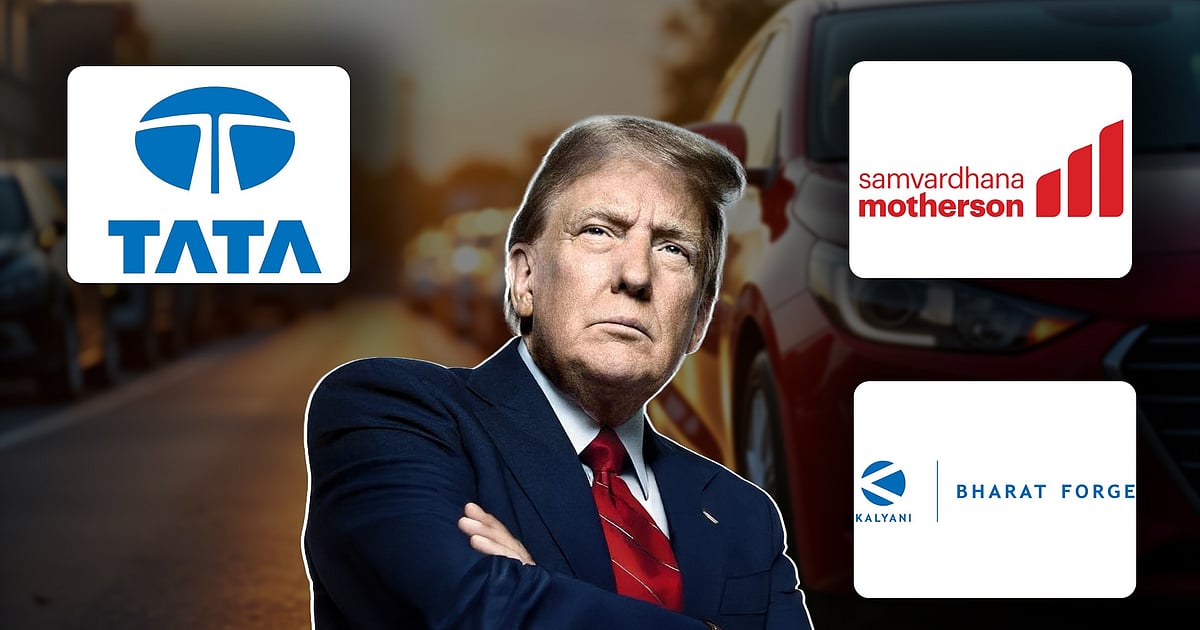Shares of prominent Indian automotive companies, including Tata Motors, Samvardhana Motherson, Sona BLW Precision Forgings, and Bharat Forge, faced a significant downturn in early trading on Thursday. This decline came after U.S. President Donald Trump declared a new 25% tariff on auto imports, set to take effect on April 2, which directly impacts companies with substantial business in the U.S. market.
Impact of Tariff on Automotive Stocks
Trump’s announcement was made at the White House, where he emphasized his commitment to boosting American manufacturing jobs. “We’re going to impose a 25% tariff on cars that aren’t produced in the United States,” he stated, signaling a major shift in trade policy.
- Tata Motors saw its stock plummet by 6.7%, resulting in a staggering loss of over ₹10,000 crore in market capitalization. Notably, around 31% of Jaguar Land Rover’s sales are derived from the U.S., with production based in the UK.
- Samvardhana Motherson experienced a 7.6% drop, while Bharat Forge fell by 4.5%, with all three companies slipping beneath their 200-day moving averages.
Revenue Exposure to the U.S. Market
The automotive components sector is particularly vulnerable, with Bharat Forge generating 25% of its revenue from the U.S. market. Similarly, Samvardhana Motherson relies on the U.S. for 18% of its income, making these firms sensitive to changes in U.S. trade policy.
- According to CLSA, Samvardhana Motherson operates manufacturing facilities in the U.S., including a significant plant in Alabama, which may mitigate some of the adverse effects from these tariffs.
- Sona BLW also felt the pressure, with its stock dropping 6.8%, reaching a 52-week low at ₹463. This company has a notable 40% exposure to revenue from the U.S.
Current Tariff Landscape
Currently, the U.S. imposes a 2.5% tariff on automobile and auto parts imports from India. In contrast, India levies a hefty 110% tariff on fully built cars, consisting of 70% basic customs duty and a 40% cess, along with 15% on auto parts.
With these developments, investors are closely monitoring the implications of these tariffs on the automotive sector’s future, as companies brace for a challenging market environment. As the situation unfolds, stakeholders may need to strategize to adapt to the changing trade landscape.
For more insights on market trends and automotive industry updates, stay tuned to our finance section.










